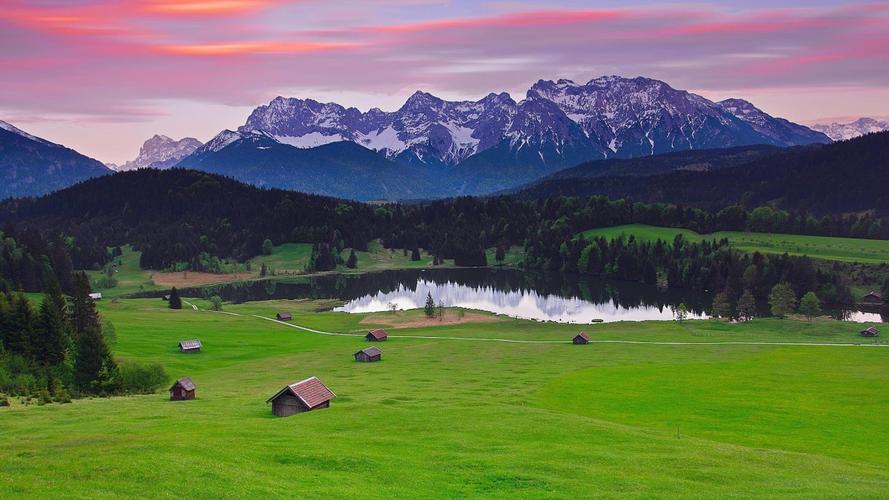Exploring the Evolution of Popular Culture History: From the 1950s to Present Day
Popular culture has always been a reflection of the times, the society, and the overall cultural trends of a particular era. The 1950s marked the beginning of modern popular culture, although the concept has roots dating back to the turn of the century in America. Since then, pop culture has evolved with each decade, adapting to changing social norms, technological advancements, and political ideologies. In this blog post, we explore the evolution of popular culture history from the 1950s to the present day.
The Birth of Pop Culture: 1950s
The 1950s was a time of significant change for the United States. The post-World War II era marked a time of prosperity for many Americans, with businesses booming, and more leisure time to enjoy. The rise of television fueled a pop culture explosion, with shows like “I Love Lucy” and “The Honeymooners” becoming instant classics. The music industry saw the rise of rock and roll, with Elvis Presley and Chuck Berry leading the charge. The film industry also saw significant changes, with the introduction of CinemaScope and Technicolor revolutionizing the moviegoing experience.
1960s: Politics and Counterculture
The 1960s marked a turning point in American pop culture history. The Vietnam War and the Civil Rights Movement dominated the decade, with popular music becoming more politically charged. Artists like Bob Dylan and Joan Baez were at the forefront of the protest movement, using their music to criticize the government and spark social change. The emergence of the counterculture revolutionized fashion, with tie-dye and bell-bottoms becoming staples of the era. “Easy Rider” and “Woodstock” were two of the most iconic films of the decade, capturing the spirit of the time.
1970s: Disco and Blockbusters
The 1970s marked a shift in pop culture, with disco dominating the music scene. The Bee Gees and Donna Summer were among the most popular disco artists, with hits like “Stayin’ Alive” and “I Feel Love” topping the charts. The film industry saw the rise of the blockbuster, with “Jaws” and “Star Wars” becoming instant classics. The emergence of cable television revolutionized the television industry, with networks like HBO and MTV paving the way for new forms of entertainment.
1980s: Materialism and Technology
The 1980s was a decade of excess, with materialism and consumerism dominating pop culture. Television shows like “Dynasty” and “Dallas” showcased the lifestyles of the rich and famous, while movies like “Wall Street” critiqued the excesses of the era. Music saw the emergence of electronic dance music and hip-hop, with artists like Michael Jackson and Madonna becoming household names. The advent of personal computers and the internet laid the groundwork for new forms of entertainment and communication.
1990s: Grunge and Alternative
The 1990s marked the rise of alternative music, with grunge bands like Nirvana and Soundgarden dominating the charts. The emergence of MTV’s “Unplugged” series brought acoustic performances into the mainstream, while the popularity of music festivals like Lollapalooza and Lilith Fair brought new energy to the live music scene. The film industry also saw significant changes, with independent films gaining popularity and the rise of Miramax studios. The popularity of video games also skyrocketed, with Nintendo’s Game Boy and Sony’s Playstation gaining a devoted fanbase.
2000s: Reality TV and Social Media
The 2000s marked the rise of reality television, with shows like “Survivor” and “American Idol” dominating the airwaves. Music saw the rise of boy bands and pop princesses like Britney Spears and Justin Timberlake. The film industry saw the rise of superhero movies, with the Marvel Cinematic Universe becoming a pop culture juggernaut. The advent of social media and smartphones revolutionized communication and entertainment, with platforms like Facebook, Twitter, and YouTube paving the way for a new era of digital media.
Present Day: Streaming and Nostalgia
Today, popular culture is more diverse than ever before, with streaming services like Netflix and Hulu offering an unprecedented variety of TV shows and movies. The music industry has become more fragmented, with genres like EDM and K-Pop gaining mainstream popularity. Nostalgia has also become a popular trend, with remakes and reboots dominating the entertainment industry. The rise of TikTok and Instagram has also given rise to a new breed of influencers and celebrities, with social media shaping pop culture in ways that were once unthinkable.
Conclusion
The evolution of popular culture history has been shaped by a complex fusion of social, cultural, and technological factors. From the birth of pop culture in the 1950s to the present day, each decade has brought new trends, styles, and movements. As we move forward into the future, it’s impossible to predict what the next era of pop culture will look like, but one thing is for certain: it will continue to reflect the changes and trends of our ever-evolving society.
(Note: Do you have knowledge or insights to share? Unlock new opportunities and expand your reach by joining our authors team. Click Registration to join us and share your expertise with our readers.)
Speech tips:
Please note that any statements involving politics will not be approved.
